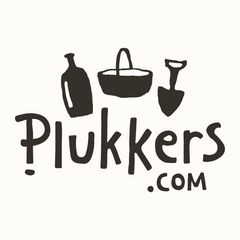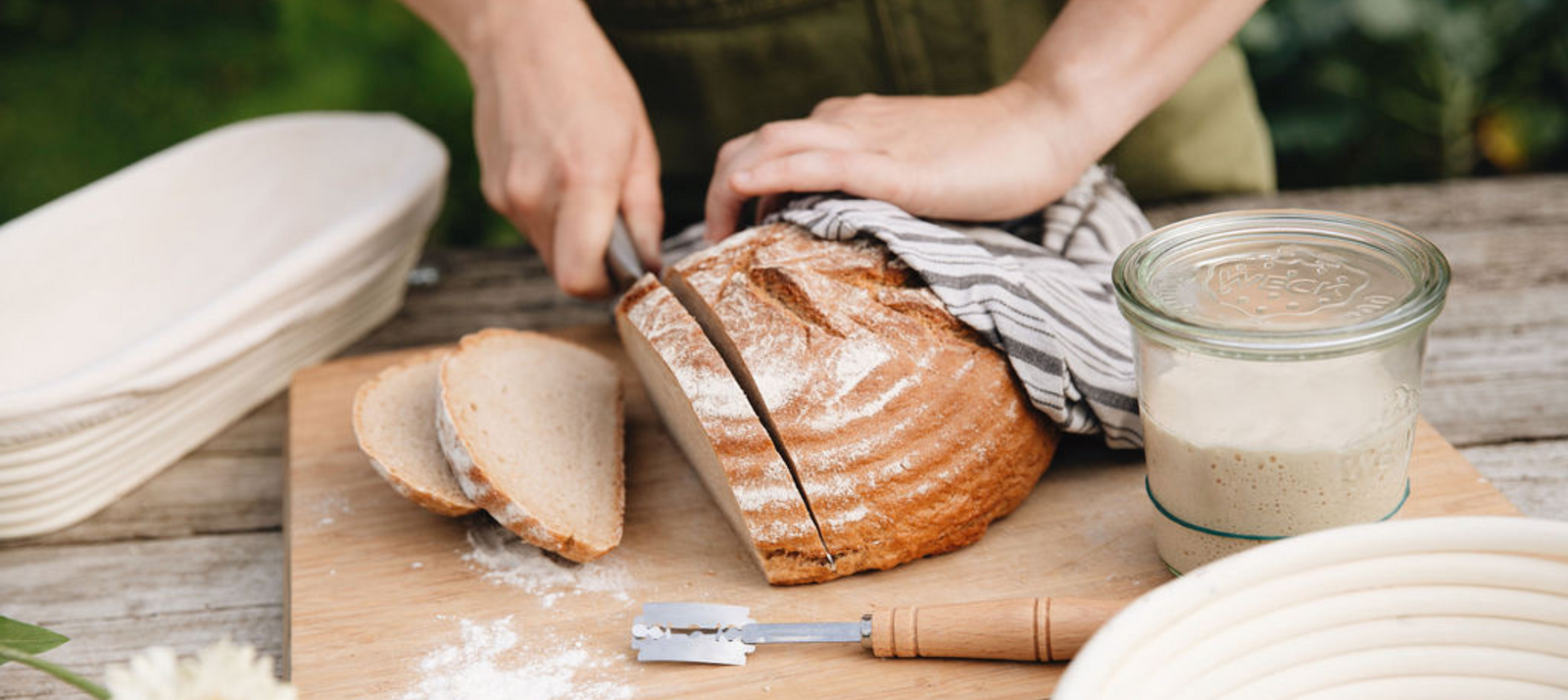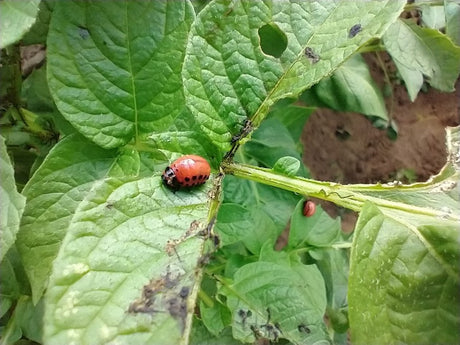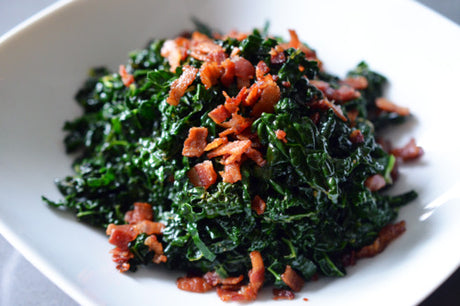Table of Contents:
My sourdough adventure began in early June 2024! For years, I'd wanted to learn how to bake sourdough bread myself, for various reasons. The first step in making sourdough bread is making a sourdough starter, which serves as the foundation for the baking process. Making a sourdough starter only requires flour and water. But since I'm not a fan of lengthy introductions myself, let's dive right into the action !
Introduction
Making your own sourdough starter really isn't difficult, and it's also a lot of fun. With a little patience, some simple supplies, and our clear instructions, you'll have your own bubble factory up and running in just a week. Whether you've been baking at home for years or are just trying your first loaf, everyone can manage to grow a good starter. We'll guide you step by step through the entire process, so you know exactly what to expect. We'll provide easy recipes and helpful tips so you can get started with confidence. Running into any problems or have questions? Don't worry – we'll also address the most common issues and give you the solution, so your sourdough adventure is a success. With a little care and attention for your starter, you'll soon be baking the most delicious bread right in your own kitchen!
What is Sourdough?
Regular bread is made by adding baker's yeast. This yeast converts sugars into CO2, allowing the bread to rise and become airy. With sourdough, we don't add baker's yeast, but instead use lactic acid bacteria, acetic acid bacteria, and yeasts that naturally occur in the flour.
These bacteria and yeasts must first be activated and multiplied, which we do by making a sourdough starter. The process begins when you start making a starter: you mix flour and water and feed it daily, discarding a portion each time to achieve the right consistency and activity. During the first few days, it's important to feed the starter daily with an equal amount of flour and water. An active starter is essential for starting the fermentation process and ensuring the dough rises properly. A good starter contains enough active yeasts and bacteria to bake bread without additional baker's yeast. The action of these natural yeasts and bacteria in the starter causes the dough to rise during the fermentation process, which generally takes longer than when using commercial yeast. The presence of these bacteria also gives the bread a slightly sourer flavor than when using baker's yeast alone, which contributes to the characteristic sourdough flavor. A well-fermented dough ensures that the bread becomes airy; The choice of ingredients such as whole wheat flour or rye can also contribute to a light structure of the bread.
All roads lead to Rome
There are plenty of recipes for making a sourdough starter , and they all work well, as the authors have usually tested them themselves. The most important thing is to persevere when making your starter. This is also good practice for baking your sourdough bread, as your first loaves won't be perfect right away— that's part of learning something new! Making a sourdough starter usually takes about a week, but it can sometimes take up to three weeks for it to become fully active.
If you notice your starter isn't working well or doesn't smell healthy anymore, you can always make a new one. If necessary, use a small portion of your old starter and replace it with fresh ingredients to restart the fermentation process. If your old starter is no longer active or smells of acetone, it's wise to start over with a new one. A starter that hasn't been fed for too long can develop mold and should be discarded completely.
Baking your first sourdough bread is a learning process and often requires practice before you get it really right.
Making a sourdough starter - What kind of flour can I use?
When making sourdough, you can use virtually any type of flour. The most popular choices are wheat flour and rye flour . Rye flour is teeming with microorganisms, which often promotes faster fermentation. Whole-grain rye flour is the easiest type of starter because it contains many nutrients and enzymes that accelerate fermentation. This is useful if you want quick results, but a rye-based starter can also be a bit more acidic, so that's something to keep in mind.
I went with wheat flour because I enjoy taking on a challenge right away. Wheat flour makes a milder sourdough starter and gives you more control over the flavor. Want to start with rye? That's perfectly fine; I tested this recipe last week, and it worked perfectly. You can gradually convert your rye starter to wheat later if you'd like. I haven't tested that transition myself yet, but it's definitely possible.
When starting your sourdough starter, use 50 grams of flour and equal parts water to make the mixture. For feeding, use one part starter at a time, for example, 50 grams of sourdough can be mixed with 50 grams of flour and 50 grams of water. It's best to store the starter in a glass jar or other suitable container. Place the jar in a warm place in your kitchen, such as on a shelf, to ensure optimal fermentation.
I'm happy to share my own recipe for a wheat starter, taken from Christian Weij 's book. It's a great way to start with sourdough!
Ingredients (to make your own sourdough starter):
- Organic whole wheat flour
- Water (room temperature)
- Organic wheat flour
Start your sourdough starter
- Combine 25 grams of whole wheat flour with 50 ml of water in a bowl. Whisk well until the mixture is dissolved and frothy.
- Cover the bowl with a damp cloth and let the sourdough starter ferment at room temperature for 12 hours.
12 hours after starting your sourdough starter:
Add 50ml of water to your sourdough starter and stir well with a whisk until the mixture is dissolved and frothy.
Take 25 grams of the starter and mix in 50 grams of wheat flour (you're now switching from flour to all-purpose flour). Discard the rest, as it doesn't yet contain any active culture and isn't suitable for baking. This leftover is also called "rest gooi" (a type of leftover) and can be saved for other purposes, such as crackers.
-
Cover the bowl with a damp tea towel and let the sourdough starter ferment for another 12 hours at room temperature. After this time, check to see if the starter has doubled in volume; this is a sign that it is active and ready to use. Also, look for an unpleasant odor: if the starter has a strong, unpleasant smell, it may have been left unfed for too long and may need to be restarted.
After another 12 hours:
- Take 25 grams of your sourdough starter (discard the rest) and add 50 grams of water. Whisk this in a large bowl until dissolved and frothy.
- Mix in 50 grams of wheat flour .
- Cover the bowl with a damp tea towel and let the starter ferment again at room temperature for 12 hours.
- Repeat steps 1 through 3 above for at least 4 days (so 8 times in total). It's important to feed your starter at the same time every day for best results. Sometimes the process can take longer than a week for your starter to become active enough, so be patient.
When is your starter active?
After about seven days, you should be able to make an active sourdough starter. But how do you know for sure if your starter is ready for baking? You can test this with the float test. Scoop a small amount of starter from your jar and drop it into a glass of water. If the starter floats, it means your sourdough starter is active enough to bake bread, and you can start baking.
View all our bread baking supplies here











1 comment
Goedendag.
Ik probeer een desemstarter te maken en lees dat je in je blog soms over ml water en soms over gram water spreekt.
Klopt dat of moet het altijd gram zijn?
Want 50 me water is meer dan 50 gram water.
Ik volgen het boek van Christian Weij en daar wordt steeds over me gesproken bij de desemstarter.
Moet je na de eerste stap overstappen van meel naar bloem of kun je ook meel blijven gebruiken?
Met vriendelijke groet,
Ilse van Maanen.